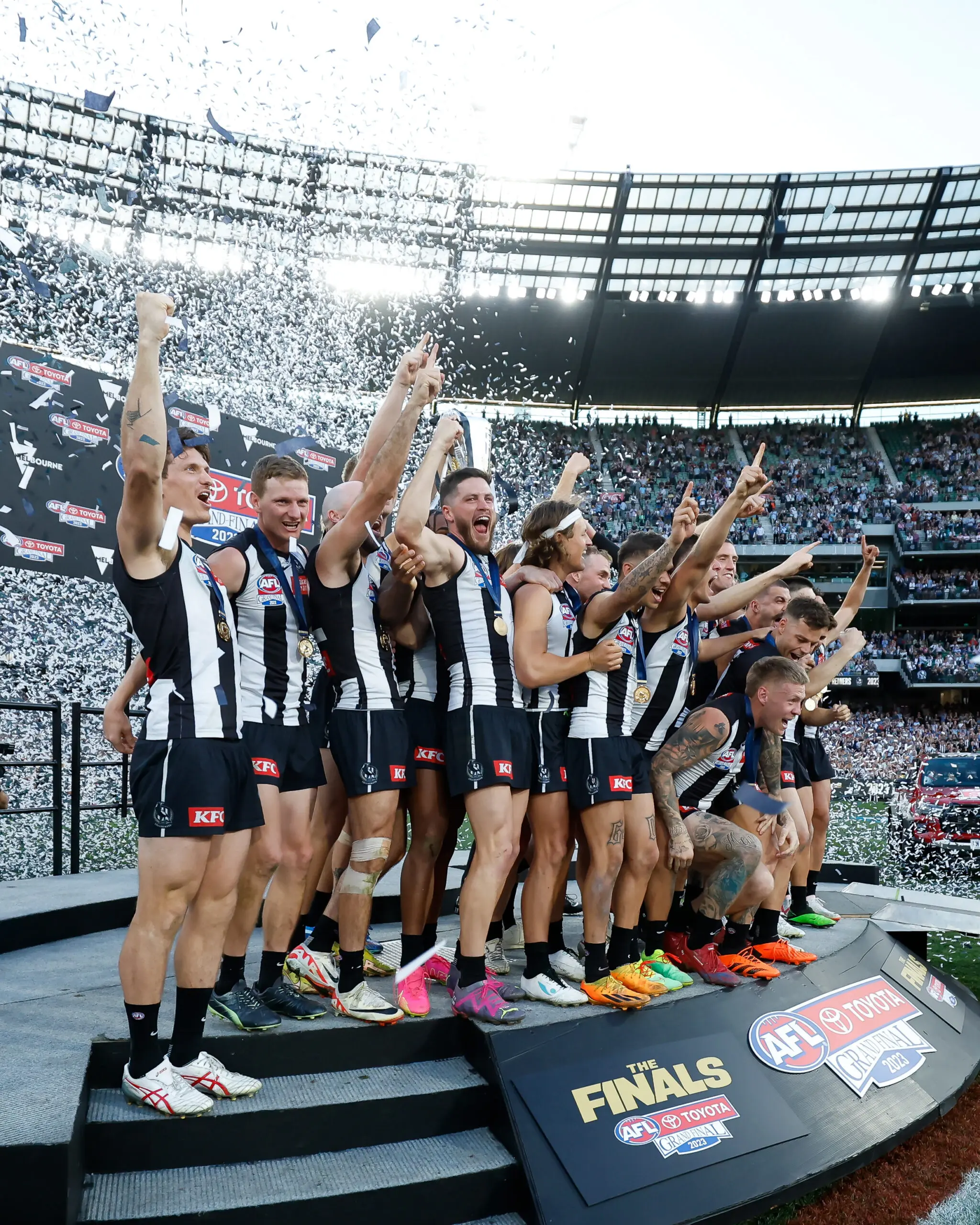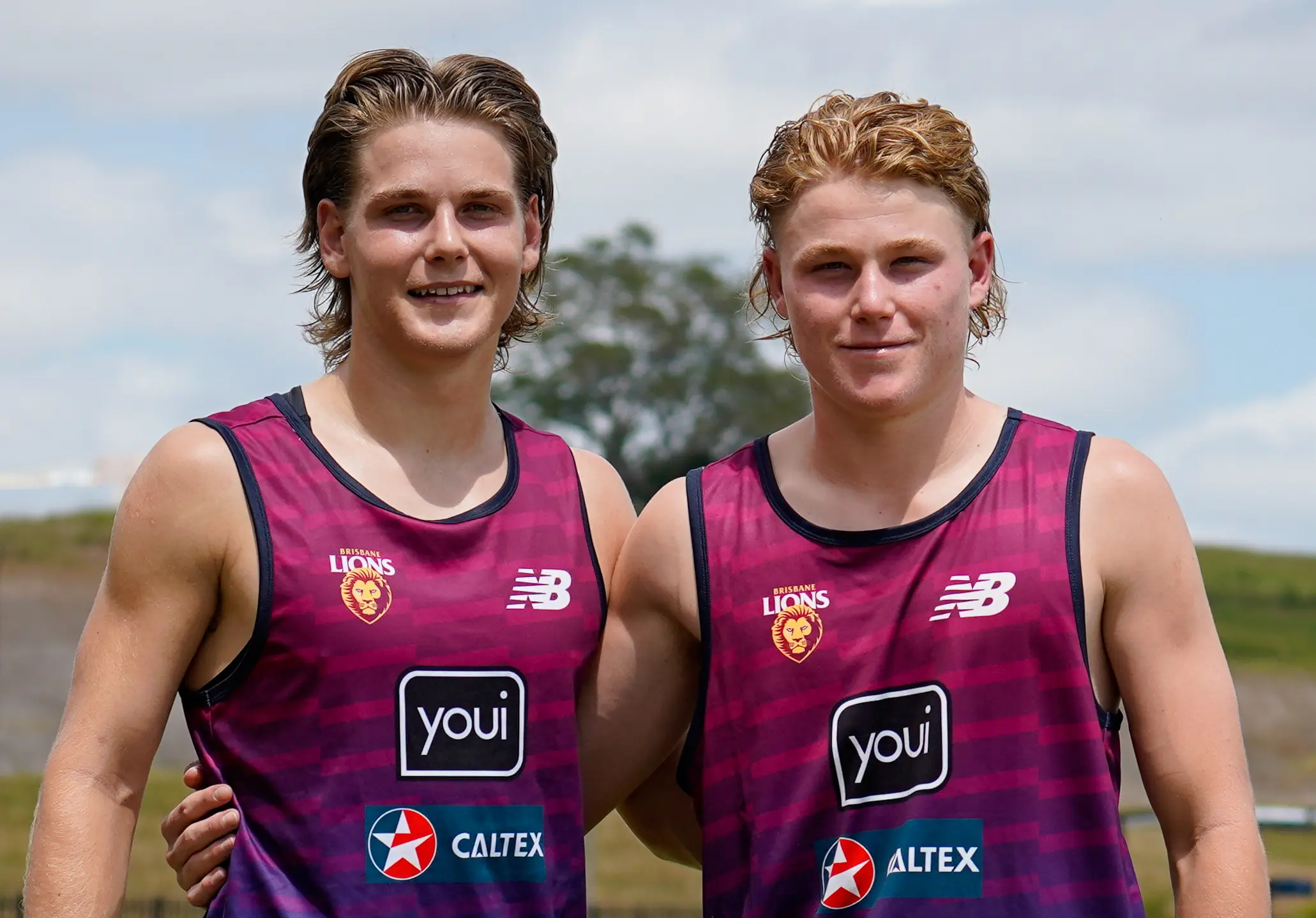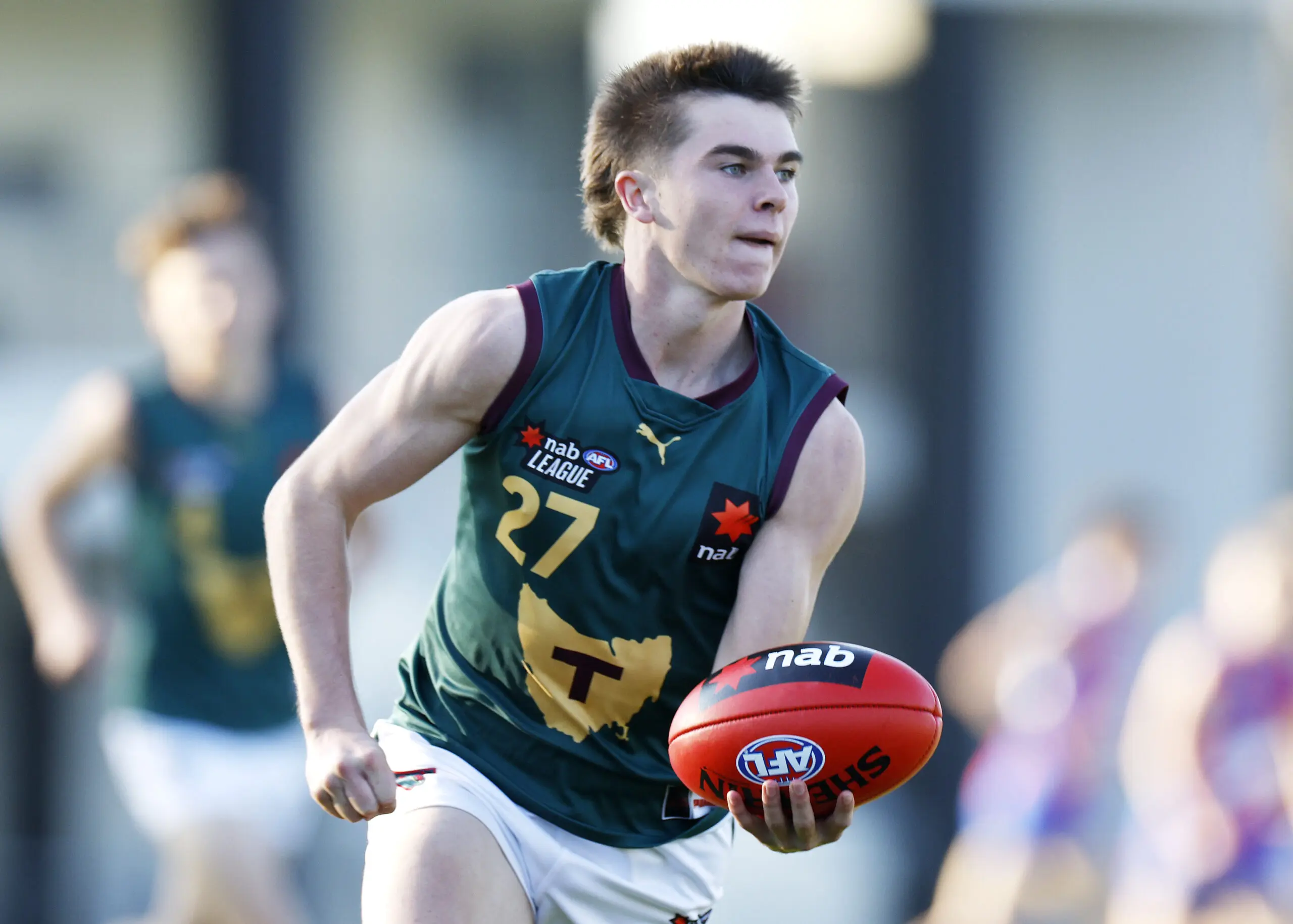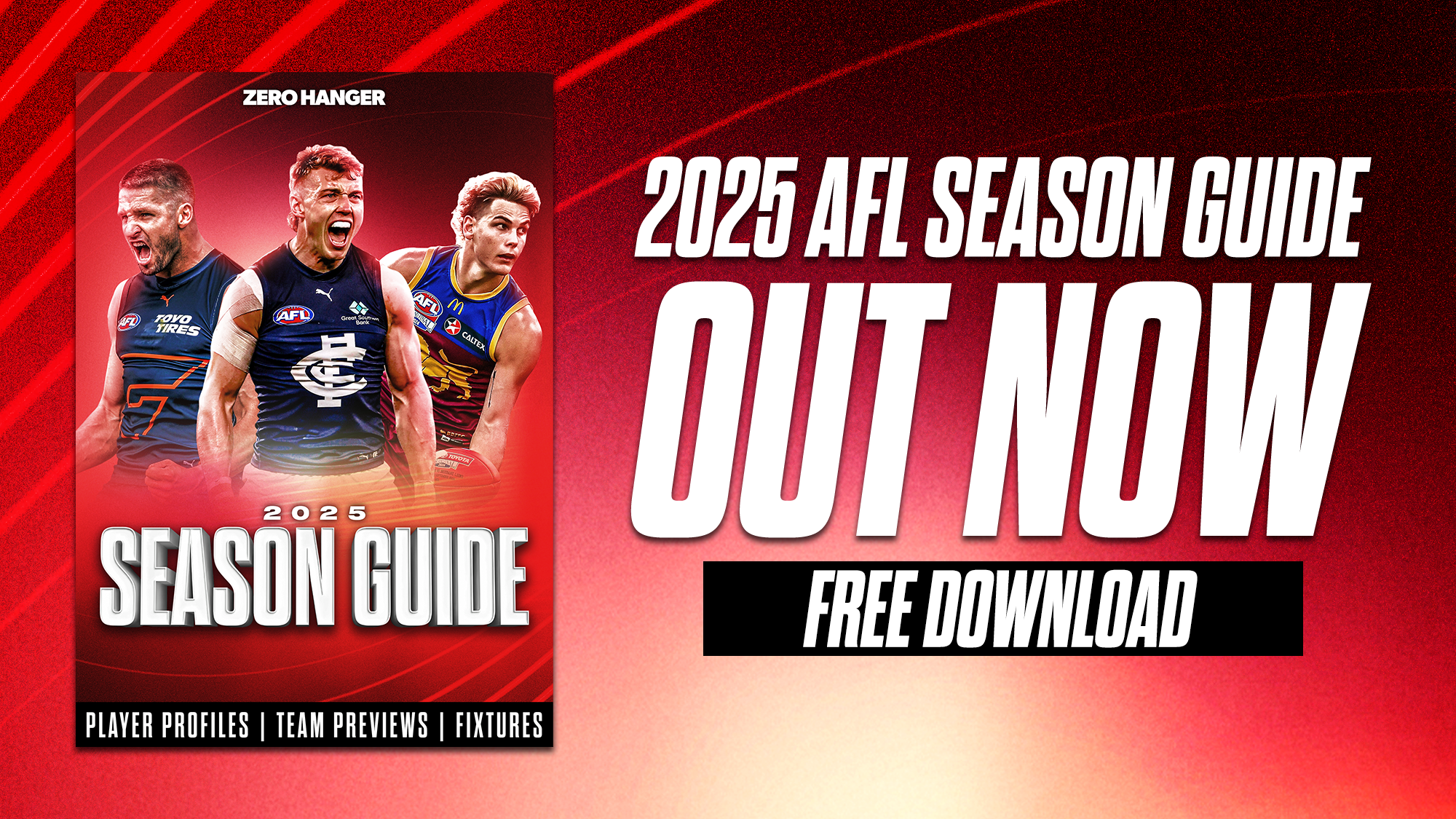Does the AFL Draft help struggling teams advance up the ladder or leave them to wane down the bottom?
As the League looks to review and implement changes to the current AFL Draft system, clubs have looked at other means to improve their chances of winning a premiership, with drafting slowly becoming less relevant to progress.
First held in 1986, the AFL National Draft became the major list management tool for AFL clubs, alongside the trade period and free agency.
But in 2024, its influence has plummeted.
With player movement at an all-time high, draftees are less and less likely to stay at the clubs that originally drafted them.
Looking at a sample size of first-round selections, taken between 2010 and 2019, on average, showed seven players departed their first AFL club through means of a trade.
Western Bulldogs coach Luke Beveridge put the stark fact like this: "Historically, when you think of the competition over a 10-year period, every club quite organically has significant list turnover.
"And there wouldn't be much difference between the successful clubs and those who haven't had any success."
But what does it mean for a team "who haven't had any success"?
St Kilda champion Leigh Montagna declared on Fox Footy's AFL 360, that, in the AFL today: "It's much easier in the modern competition when you're at the top to stay there, then it is to go down the bottom and think you're going to work your way up (the ladder)."
Beveridge doubled down on the "rebuilding myth", saying: "You cannot rebuild in our code, in the competition, with constraints that exist. With the draft and the salary cap, you just can't do it."
Even Collingwood president Jeff Browne shared the same opinion, with the Magpies five rounds into their premiership defence.

“We don't intend to go to the bottom of the ladder, so we can never really rely on the draft,” Browne told the Herald Sun recently.
“We have to trade to improve our side. For successful clubs who don't want to drop down to the bottom, the draft doesn't really work for them.”
Geelong and Sydney have successfully transcended the list management concept since the mid-2000s, proving the regeneration model clearly out-trumps the rebuilding blueprint.
The Cats and Swans' sustained success has them competing for flags year in and year-out, with a combined six finals series missed and six premierships since 2003. Collingwood isn't far behind either.
But for the struggling teams of the modern era, their hopes of climbing the AFL ladder appear dashed.
Going to the draft doesn't provide as much optimism for the future as it once did.
Securing high-end talent is one thing that every team placed in the 18th position is entitled to, but keeping them is a whole other story.
Not to mention the fact that father-son and Academy selections have diluted multiple draft years that have seen some of the best youth head to contending teams, and not those that need it most.

And while you're contending, which rival player wouldn't want to come to your club?
The Pies secured Fremantle forward Lachie Shultz in the recent trade period following a premiership. Brisbane snatched Tom Doedee from Adelaide as runners-up.
Carlton lured top-10 pick Elijah Hollands while Port Adelaide persuaded trio Ivan Soldo, Esava Ratugolea and Brandon Zerk-Thatcher to join the club in what could prove to be the biggest heist in 2024.
After losing a grand final 18 months earlier, Sydney picked up Brodie Grundy, Taylor Adams, James Jordon and Joel Hamling, while securing a spot in the draft by giving away Dylan Stephens to North Melbourne for a first-round pick.
All these clubs are genuine contenders and yet have undoubtedly added to their list, eclipsing the struggling teams.
West Coast traded in Tyler Brockman and Matthew Flynn. Along with Stephens, the Kangaroos added Zac Fisher and Bigoa Nyuon.
Richmond brought in Jacob Koschitzke while the Hawks brought role players Jack Ginnivan, Jack Gunston, Mabior Chol and Massimo D'Ambrosio into the mix.
A fair discrepancy in player acquisition between the contenders and the hopefuls.
And if it wasn't hard already for battling teams to attract gifted players, then the inclusion of the 19th team will make matters worse.
Tasmania is set to join the competition in 2028 and indisputably cause a ripple effect amongst the player movement through draft and trade.

Despite the AFL wanting to avoid a compromised draft stretching over multiple years, like the Gold Coast-GWS introduction, there will be negative impacts on clubs failing to compete.
And in what is now a player-driven market, clubs like the Kangaroos and Hawks should start to prepare themselves to part way with more money than they bargained for to secure top-line players, or risk sitting at the bottom of the totem pole for longer than anticipated.











